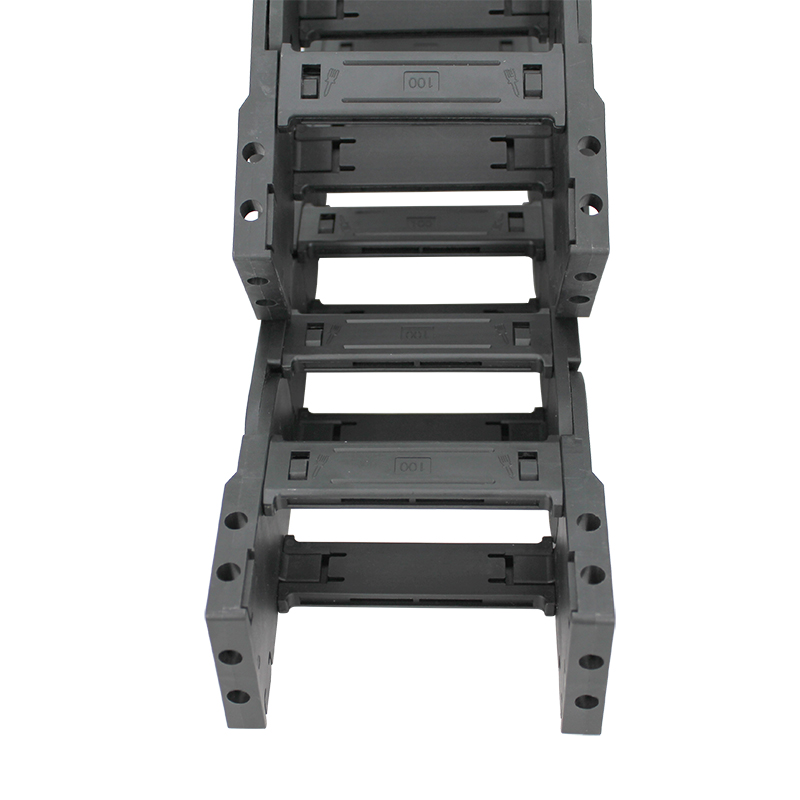Understanding Synchronous Belts and Pulleys for Efficient Power Transmission Systems
Understanding Synchronous Belts and Pulleys A Comprehensive Overview
In the realm of mechanical engineering and machine design, synchronous belts and pulleys play a crucial role in the transmission of power and motion. These systems are widely utilized in various applications ranging from automotive engines to industrial machinery, making them integral components in many mechanical setups.
What are Synchronous Belts?
Synchronous belts, also known as timing belts, are looped straps made from flexible materials that feature teeth on their inner surface. These teeth engage with corresponding grooves on pulleys, allowing the belt to grip effectively during operation. The primary advantage of synchronous belts is their ability to maintain precise timing between rotating components, minimizing slippage that can occur with other belt types, such as flat belts or V-belts. This precise timing is essential in applications where synchronization is vital, such as in engines where camshafts and crankshafts must operate in harmony.
Pulleys The Driving Force
Pulleys are wheels with a grooved rim that guide the synchronous belts. Each pulley is designed to provide support and enable the transfer of motion from one component to another. When a motor or another driving element turns a pulley, the synchronized belt transmits this motion to an adjacent pulley, which may be connected to various parts of a machine, generating movement and power transfer across systems.
There are several types of pulleys, including fixed, movable, and compound pulleys, which can be utilized depending on the design requirements of a specific application. This versatility allows engineers to create systems that can effectively manage torque, speed, and directional changes.
Benefits of using Synchronous Belts and Pulleys
The utilization of synchronous belts and pulleys presents multiple benefits that enhance performance in mechanical systems
synchronous belts and pulleys

1. Precision Timing As mentioned earlier, the main advantage of synchronous belts is their ability to maintain precise timing between moving parts. This ensures smooth operation, enhances efficiency, and reduces the risk of mechanical failure.
2. Reduced Slippage Unlike traditional belt systems, synchronous belts minimize slippage due to their tooth-and-groove design. This feature allows for consistent performance and improved transmission of power.
3. Minimal Maintenance Synchronous belt systems typically require less maintenance compared to their counterparts. They do not need lubrication and tend to have longer lifespans, reducing overall operational costs.
4. Low Noise Levels The design of synchronous belts results in quieter operations compared to chain drives. This characteristic is particularly advantageous in environments where noise reduction is a priority.
5. Versatility Available in various sizes, materials, and configurations, synchronous belts and pulleys can be customized to fit a wide range of applications across multiple industries, including automotive, manufacturing, and robotics.
Applications and Future Prospects
The applications of synchronous belts and pulleys are extensive. In automotive engineering, they are crucial for the operation of timing systems, camshaft drives, and accessory drives. In automated manufacturing, they are commonly used in conveyor systems and robotic arms, where precise movement and timing are essential for efficiency.
As technology advances, the design and materials used in synchronous belts and pulleys are evolving. Innovations in manufacturing processes and the development of new materials may lead to even more efficient systems with better performance characteristics.
In conclusion, synchronous belts and pulleys are fundamental elements in the machinery of modern engineering. Their ability to transmit power and maintain precision timing makes them indispensable for numerous applications. As industries continue to pursue efficiency and reliability, the role of these mechanical components will undoubtedly expand, driving progress in technology and engineering solutions.








